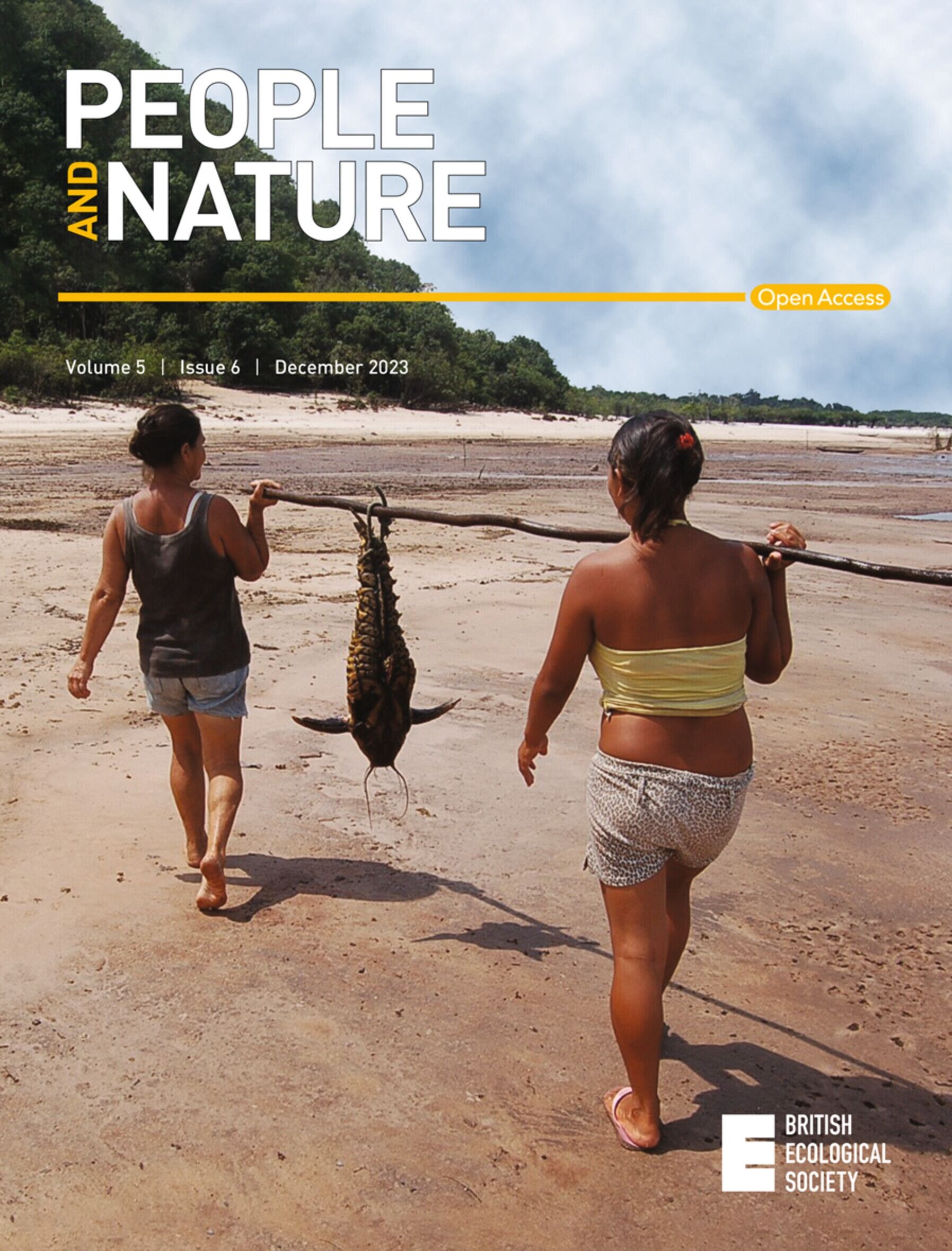The conflict between Rights of Nature and mining in Ecuador: Implications of the Los Cedros Cloud Forest case for biodiversity conservation
IF 4.2
1区 环境科学与生态学
Q1 BIODIVERSITY CONSERVATION
引用次数: 0
Abstract
Global emergence of Rights of Nature (RoN) has gained momentum since Ecuador became the first country to constitutionally recognize it in 2008. The shift from perceiving nature as an object, to granting it legal subjecthood, can revolutionize protection of ecological systems. In 2021, Ecuador's Constitutional Court issued a landmark ruling, halting mining in the Los Cedros Protected Forest. Three pillars form the basis for legal protection of Los Cedros: (i) the right to timely, Free Prior Informed Environmental Consultation, (ii) application of the Precautionary Principle in risk to RoN, and (iii) the Right to Water. We analyse the Court ruling to identify legal frameworks applied then map and rank mining risk to other protected forests, Indigenous territories, unprotected native ecosystems, biodiversity and areas of water resource conflict to determine potential scale of conflict between mining and RoN. 7813 mining concessions of 22,812km2 overlay 9.2% of Ecuadorian mainland, 2323 concessions (29.7%) overlap 16,081km2 of protected forest (4781 km2, 20%), Indigenous territory (6473 km2, 8%) and native vegetation outside protected areas and Indigenous territories (13,390 km2, 9%). With 80% of their protected forests at risk from large‐scale mining, the most impacted Indigenous communities are the Shuar. Synthesis and applications: The Los Cedros legal case in Ecuador sets a precedent for using RoN to challenge mining in 4781 km2 of similar Protected Forest, with potential to protect an additional 16,081 km2 of Indigenous lands and biologically important ecosystems. However, lack of biological data for these areas will necessitate extensive data collection, possibly through community‐empowering citizen science. Our study emphasizes the urgent need to integrate indigenous and traditional ecological knowledge (ITEK), law and ecology. We propose a new transdisciplinary field of ‘ecological forensics’ to support nature protection within the RoN framework. Our research also identifies areas where RoN could effectively protect nature and that are likely to be of high investment risk for the mining industry. The final recommendation is to reconsider mining concessions in Ecuador, especially in ecologically sensitive areas, Indigenous territories, high biodiversity areas, and regions with water resource conflicts, to maintain ecological integrity and social harmony. Read the free Plain Language Summary for this article on the Journal blog.厄瓜多尔自然权利与采矿之间的冲突:洛斯塞德罗斯云雾林案例对生物多样性保护的影响
自 2008 年厄瓜多尔成为第一个在宪法上承认自然权利 (RoN) 的国家以来,自然权利 (RoN) 在全球的兴起势头迅猛。从将自然视为客体到赋予其法律主体地位的转变,可以彻底改变对生态系统的保护。2021 年,厄瓜多尔宪法法院做出了一项具有里程碑意义的裁决,停止了在洛斯塞德罗斯保护林区的采矿活动。洛斯塞德罗斯保护林区的法律保护有三大支柱:(i) 及时、自由、事先知情的环境咨询权;(ii) 在保护林区面临风险时适用预防原则;(iii) 水权。我们对法院裁决进行分析,以确定适用的法律框架,然后对其他受保护森林、土著领地、未受保护的原生生态系统、生物多样性和水资源冲突地区的采矿风险进行绘图和排序,以确定采矿与 RoN 之间冲突的潜在规模。在厄瓜多尔,22812 平方公里的采矿特许权覆盖了 9.2% 的厄瓜多尔大陆,2323 个特许权(29.7%)覆盖了 16081 平方公里的保护林(4781 平方公里,20%)、土著领地(6473 平方公里,8%)以及保护区和土著领地以外的原生植被(13390 平方公里,9%)。由于 80% 的受保护森林面临大规模采矿的风险,受影响最大的土著社区是舒阿尔人:厄瓜多尔的洛斯塞德罗斯法律案件开创了利用 RoN 挑战 4781 平方公里类似受保护森林采矿的先例,有可能保护另外 16081 平方公里的土著土地和具有重要生物意义的生态系统。然而,由于缺乏这些地区的生物数据,因此有必要进行广泛的数据收集,可能的话通过社区赋权的公民科学来进行。我们的研究强调了整合土著和传统生态知识 (ITEK)、法律和生态学的迫切需要。我们提出了一个新的跨学科领域 "生态法医学",以支持 RoN 框架内的自然保护。我们的研究还确定了 RoN 可以有效保护自然的领域,以及采矿业可能面临高投资风险的领域。最后的建议是重新考虑厄瓜多尔的采矿特许权,尤其是在生态敏感区、土著领地、生物多样性高发区和水资源冲突地区,以保持生态完整性和社会和谐。
本文章由计算机程序翻译,如有差异,请以英文原文为准。
求助全文
约1分钟内获得全文
求助全文

 求助内容:
求助内容: 应助结果提醒方式:
应助结果提醒方式:


